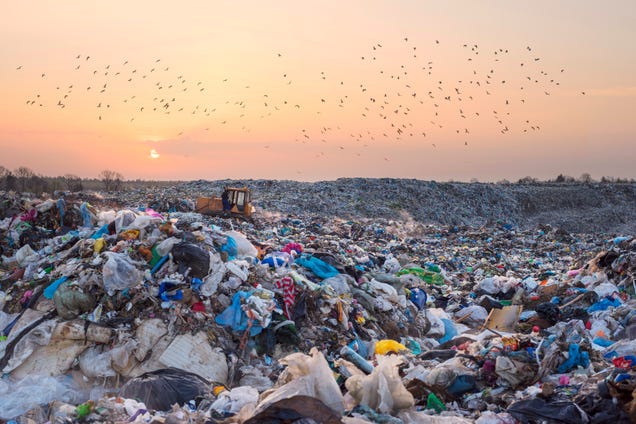
This story was originally published by Grist. Sign up for Grist’s weekly newsletter here.

This story was originally published by Grist. Sign up for Grist’s weekly newsletter here.
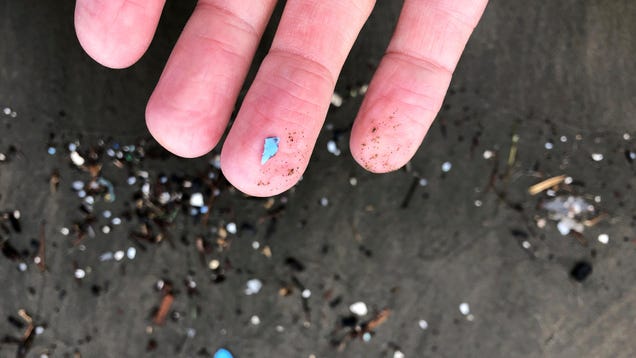
Scientists first found microplastics, those tiny pieces of plastic smaller than 5 millimeters, on British beaches in 2004. In the 20 years since, the world has watched on in horror as microplastics began turning up in virtually every nook and cranny on the planet.

It seems that nobody—and no body part—is safe from microplastics. In a recent study, researchers found traces of plastic in the testicles of both dogs and humans. The potential health impacts of this discovery are not yet clear, but the team suggests it may help explain why men’s sperm counts have declined over time.

New research this week is the latest to show that microplastics have polluted just about everywhere on Earth. Scientists discovered plastic particles in cloud samples collected from atop a mountain in Eastern China.
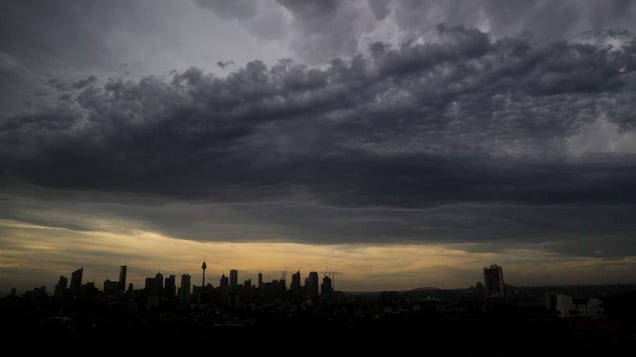
Nowhere is safe from microplastics. Tiny plastic pieces are in waterways, in our bodies, and now researchers have found microplastics in clouds on top of Mount Fuji and Mount Oyama.
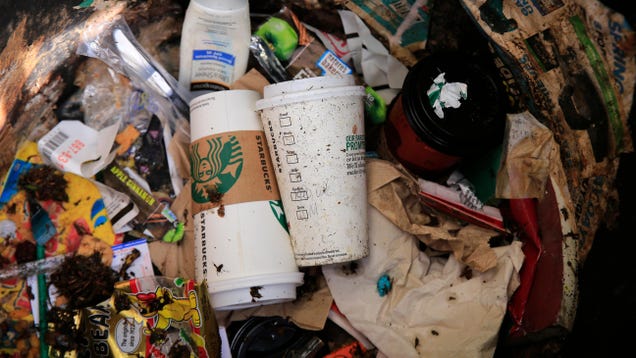
In recent years, drink chains have switched their single-use cups from plastic to paper to avoid plastic pollution and pile-ups in landfills. But according to recent research, the plastic cup that we feel good walking out of a cafe with isn’t great for the environment either.
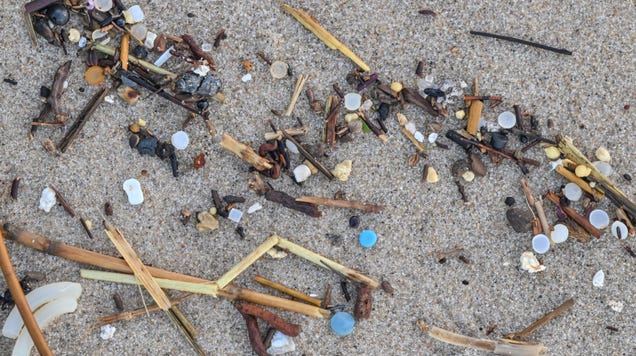
The world is covered with plastic pollution. That breaks down to become microplastics—tiny bits of plastic smaller than 5 mm.